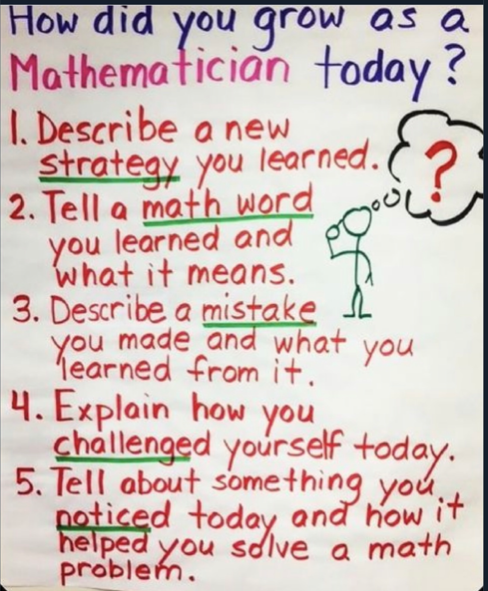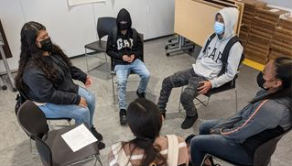Extra Credit is a weekly column serving up a fresh helping of news, updates and resources from the education world. Want more? Sign up now for SmartBrief’s free education newsletters.
Restorative justice done right. I’ve seen how ineffective restorative justice is when all staff members aren’t trained on it properly (or at all). So it’s exciting to read about the success Fremont High School in East Oakland, Calif., has had — not just with the program, but with creating a sense of community and making a 180-degree difference in the school’s reputation and students’ outcomes. Training, of course, is key — right down to support staff and security guards. Their circles also are used to welcome and encourage new students and can be conducted in English, Arabic and Guatamala’s Mam. Even alumni and community members are involved. Read reporter Carolyn Jones’ piece for more, inspiring detail.
The incredible shrinking school workforce (and its salary power). Public schools are going to be in a world of hurt with labor costs in the coming years. Teaching vacancies are up in 44% of public schools, meshing with the 38% increase in public education resignations over February 2020. The number of new certified teachers is down 19%; the gap between private sector and K-12 education wage growth in the first quarter of 2022 is the widest it’s ever been; and any salary bumps afforded by recent federal rescue funds may evaporate if state and local governments can’t fund them in the future.
Just how different are 1619 and 1776 history curricula? Concerns that Black history wasn’t being taught accurately ushered in the 1619 Project, and those who thought the pendulum swung too far came up with the 1776 Report. The Christian Science Monitor’s Chelsea Sheasley visited schools to see the 1619 and 1776 curricula in action and discovered that, for teachers, developing critical thinkers was the foundation in both. “The fact is, there is more overlap and opportunity for synthesis than one might think between these two,” Eric Liu of the Citizenship and American Identity Program at the Aspen Institute and CEO of Citizen University in Seattle, says.
No-good, kinda-bad, very ineffective tests. Teachers know students best and likely can assess their abilities far better than a $7- or $25-per-student standardized test — especially when those test results don’t even appear until months later, Jason Dougal, president and CEO of the National Center on Education and the Economy, asserts. “The highest-performing countries allow teachers the flexibility to conduct shorter, less intrusive and more targeted assessments. … None of the top performers test in exactly the same way, but all do better testing — and less of it.”
Additional interesting education takes
- 5 p.m. Watergate livestream: Historians, journalists on 50th anniversary of Watergate. (Library of Congress)
- Title IX, 50 years later, plus “Activism On and Off the Field.” (The Guardian, New-York Historical Society Museum & Library)
- New research: 300K US teenagers — twice as many as previously estimated — identify as transgender.
- How Native Forward Scholars Fund helps graduate, undergraduate students. (Inside Higher Education)
This week’s social media snippet

Diane Benson Harrington is an education writer at SmartBrief. Reach out to her via email, Twitter or LinkedIn.
_____________________________
Subscribe to SmartBrief’s FREE email ASCD newsletter to see the latest hot topics in education. It’s among SmartBrief’s more than 250 industry-focused newsletters.
